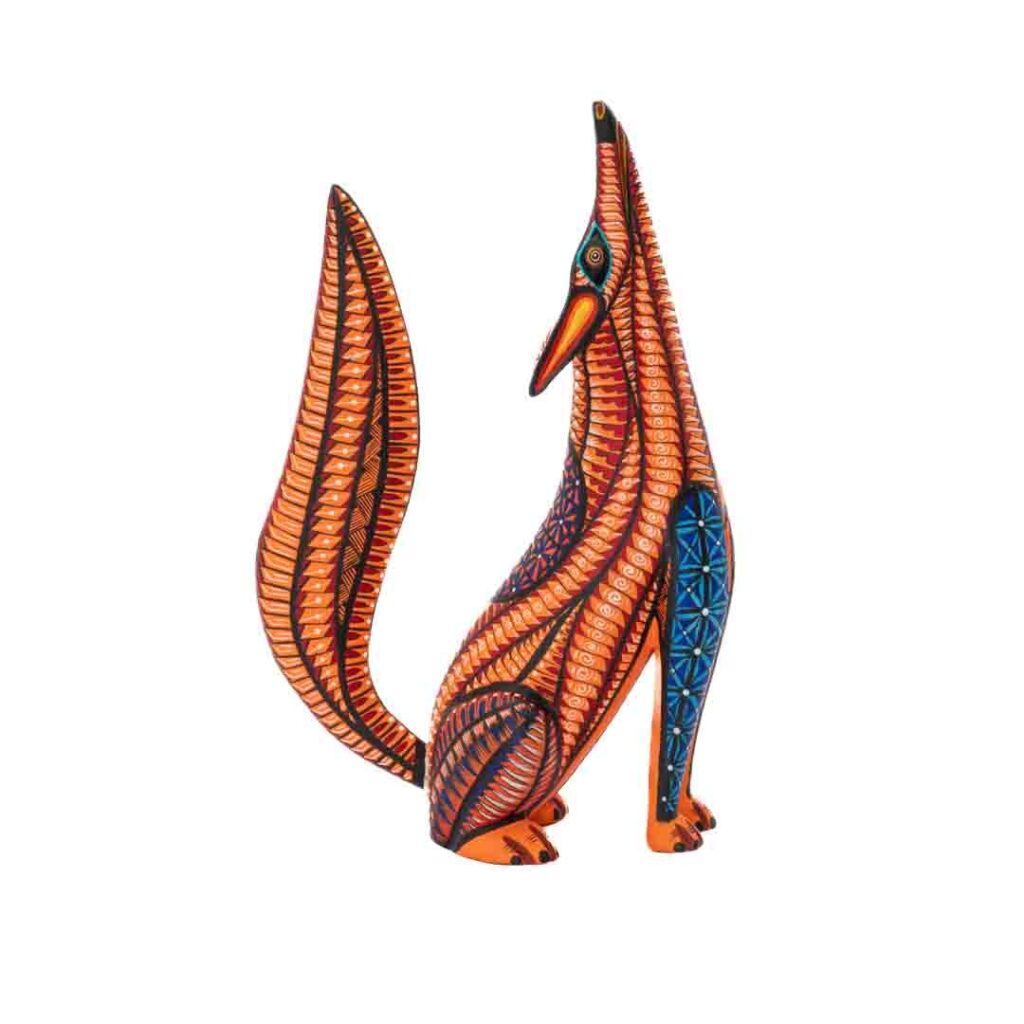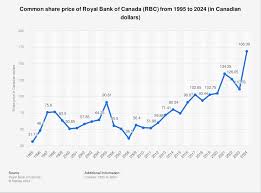
Introduction
The coyote, a highly adaptable and resourceful member of the canid family, has seen a significant rise in its populations across Canada in recent years. This trend has sparked discussions among wildlife experts, urban planners, and local residents regarding the implications of coyotes in both rural and urban environments. Understanding the behavior and impact of these creatures is crucial as they navigate through human-dominated landscapes.
Coyote Population Growth
According to a report from the Canadian Wildlife Federation, coyote populations have increased substantially, particularly in urban areas. Once primarily found in rural settings, they have successfully adapted to city environments, leading to sightings in parks, residential neighborhoods, and even schoolyards. These adaptable animals thrive in diverse habitats, which has allowed them to expand their territory.
Impact on Wildlife and Humans
The expansion of coyote populations has raised several concerns. In rural areas, coyotes are known to impact local wildlife, sometimes preying on livestock. Farmers have reported increased coyote attacks on sheep and poultry, prompting calls for management strategies. In urban areas, while coyotes can help control rodent populations, they also raise concerns regarding safety, especially for pets and small children.
In cities like Toronto, there have been recorded instances of coyotes exhibiting bold behavior, such as approaching people or pets. Wildlife experts recommend public education efforts to promote coexistence strategies, such as securing garbage and creating awareness about not feeding wildlife. These measures can help mitigate conflicts between coyotes and humans.
Conclusion
Coyotes represent both the resilience of wildlife in adapting to urban life and the challenges that come with human-wildlife interactions. As their populations continue to grow, it is essential for communities to implement strategies that promote coexistence while ensuring public safety. Future research and urban planning will be pivotal in addressing the dynamics of coyote populations and their impact on both the natural ecosystem and human urban environments. Understanding these intersections will play a vital role in fostering a sustainable existence for both coyotes and humans in shared habitats.

